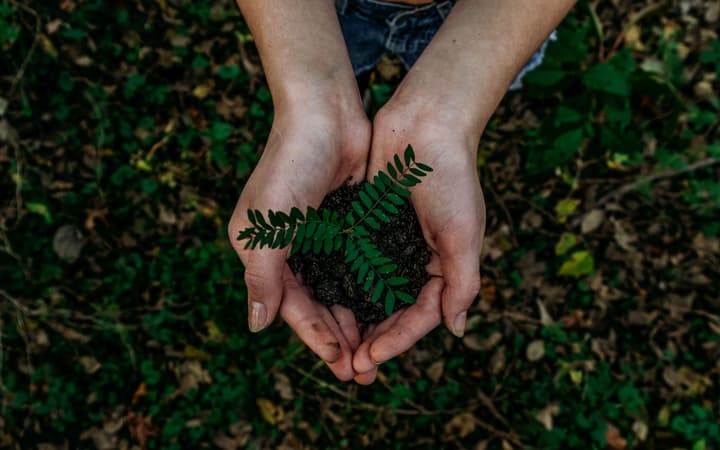Eco-friendly packaging — can you protect your innovation with IP?

Alongside altruism, there’s another major incentive to make packaging more easily recyclable — the potential IP rewards. In a world where every European produces 31kg (almost five stone) of packaging waste each year — only 40% of which is recycled — change is desperately needed, and a creative solution can result in a big windfall.
While most consumers hold manufacturers (not retailers or government) responsible for reducing plastic packaging, it’s clear that many more companies need to consider the entire product life cycle in the design process, with the aim to reach a full circular economy. As well as being great for the environment, such innovation can help to steal the march on competitors and potentially create IP. The more creative the solution, the more likely protection will be granted.
The good — changing/reducing existing packaging
Many manufacturers have made ‘environmental commitments’ to change over the next few years. Beer producers Carlsberg and Heineken have recently made headlines by promising to replace plastic can-rings with glue and eco-friendly cardboard toppers respectively. Riverford Organic has replaced plastic fruit nets with ones made from pulp. Samsung has substituted plastic packaging for moulded pulp from sugarcane residue in its notebook computer packaging and is planning to extend this to its other lines of business.
While such moves will help to reduce the impact of business on the environment, it’s unlikely that obvious changes like these will warrant any IP protection. However, they will increase brand value and consumer goodwill — resulting in a positive ROI and going some way to demonstrate the direct benefit of engaging in strategies that aren’t purely for profit.
The better — inventing alternatives
Companies that are looking at inventive solutions to environmental problems are much more likely to create protectable IP.
One example of this is around composite packaging, which poses a real headache for recycling plants because it’s extremely difficult and expensive to separate (and therefore recycle). Black plastic can be particularly difficult to recycle as it absorbs infrared radiation. Our client Colour Tone Masterbatch Limited formulated and patented a new black colourant that both achieves a high-quality black appearance in a target plastic and is capable of being sorted using infrared technology — a truly inventive solution to an industry-wide problem.
Another is the trend of using natural substances such as fungi and seaweed as packaging materials. A UK designer has just won a prestigious Dyson award for creating a bioplastic out of organic fish waste that could replace plastic in food and drink packaging. For inventions like these, patent protection may be available for both the ‘products’ themselves and the novel apparatus or processes used to create them. In the UK, you can apply to secure a patent if your product or process is new, has overcome a technical obstacle and hasn’t yet been made publicly available.
Other IP rights could also come into play. For example, Switch Packaging has created ERIC — moulded, recycled pulp (either standard or bespoke) which can replace polystyrene packaging. Protection would be available for the trade mark ‘ERIC’ as well as the design — registered design protection is available for the visual form or appearance of a new article including lines, contours, colours, shapes, textures, materials or ornamentation of the whole or part of a product.
Furthermore, giving a new product a distinctive name could enable you to obtain some protection for being first-to-market — even if the products themselves aren’t original. Aeropowder uses surplus feathers to make thermal packaging under the brand PLUMMO and Arch & Hook uses marine plastics to make clothes hangers under the brand BLUE. Registered trade marks like these give the owners exclusive rights to use and exploit the brand in their market sector.
The best — thinking outside the (cardboard) box
Creating products with a cradle-to-cradle attitude is challenging designers to rethink the entire process. Companies such as Colourform see packaging becoming part of a product — whether that’s a phone wrapped in its charger or keyboard, or fashion packaging becoming a must-have accessory to the product. Products like this may be sufficiently distinctive to obtain three-dimensional trade mark protection. Generally speaking, the more unusual a trade mark, the more difficult it is to obtain protection. However, it can be done, and the result can be extremely valuable to the owner.
If you’re innovating to create new products, designs or packaging which have an environmental impact, feel free to get in touch with us.






